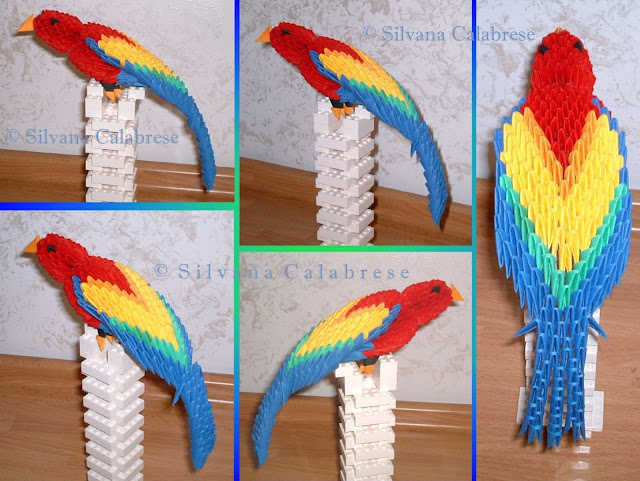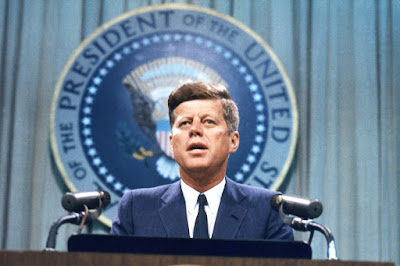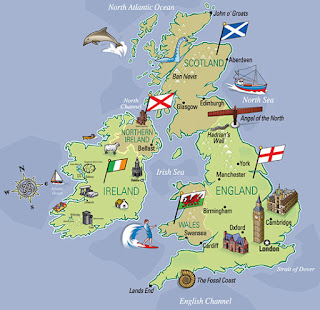The most unforeseeable city
London is
the capital of England and the Great Britain (United Kingdom). The name London
comes from the Latin londinium, given
by the Romans who founded a fortified town in the first century A. D.
London is
one of the most important financial centres in the world. It’s a cosmopolitan
metropolis, where people coming from every part of the globe, form a
melting-pot of cultures. It’s the most visited city in the world. London
Chinatown is the largest in Europe.
The Thames
is the river which flows through London and is the symbol of the city.
London past
The great
fire is 1666 destroyed London, that was built again thanks to sir Christopher
Wren. During the second world war the bombs of German destroyed the city, that
was rebuilt in the post war-period by its inhabitants.
The most
important attractions and monuments of London
Big Ben is the famous clock tower on the
north side of the Palace of Westminster.
The Houses of Parliament is the palace of the British
government with the House of Lords and the House of Commons.
Victoria Tower, built in 1858, is the tower where
parliament is gathered in sessions.
The Tower Bridge is a suspensions bridge over the
river Thames. Is an example of Victorian gothic architecture and is the symbol
of the city.
The Tower of London is a historic castle founded in the
end of 1066 as part of the Norman conquest by William the Conqueror.
The British Museum is one of the major attractive for
many people. There are collections of Egyptian, Greek, Roman, Chinese art. Here
we find the Rosetta’s Stone.
Buckingham Palace built between 1701 and 1705, is the
residence of the royal family from 1837 (during the Victorian age).
Mansion House is the official residence of the
Lord Mayor of London.
Natural History Museum keeps the wonders of natural
history with five major departments (zoology, entomology, paleontology,
anthropology, botany and mineralogy). Here we can find the skeleton of Lucy,
one of the rests of the oldest human in the history of mankind.
Piccadilly Circus is the most known square in London.
The statue of the archer Eros is placed in the centre of the square.
 Royal Air Force Museum is a largest museum with the
exhibition of military planes (English, American, German and Italian) from the
beginning of aviation history till today.
Royal Air Force Museum is a largest museum with the
exhibition of military planes (English, American, German and Italian) from the
beginning of aviation history till today.
The National Gallery is the most important art gallery
in the world with a lot of paintings, including the most important collection
of Italian paintings, outside Italy.
Science Museum shows the history and the
discoveries in natural science, industry, technology and medicine. We
(visitors) can do experiments.
Trafalgar Square it’s the main square of London.
It’s very popular with tourists.
St. Paul’s Cathedral is the mother of Anglican church
built by the architect Christopher Wren.
Westminster Abbey is the burial place of British
sovereigns. It’s one of the most meaningful buildings of London, with an
exceptional variety of architectural styles.
Westminster Cathedral is the most important catholic
church of the reign. It was built using red bricks.
The London Eye is the new symbol of London, built
to celebrate the new millennium. It’s a gigantic wheel offers the most exciting
view of the city.
Hyde Park is the largest park of London where
Londoners go to relax, walks, sport, picnic or simply idle about.
Green Park in old times was the favourite
place of the duellists.
Kensington Gardens are famous for the Italian gardens,
for the statue of Peter Pan and for ducks and squirrels.
St. James’s Park. Today it’s considered the most
beautiful park. In the past, Henry VIII reclaimed the marshes and transformed
them into a hunting reserve.
Richmond Park is the largest and wooded town park
of all Great Britain. It was a hunting reserve during the time of king Charles
I (1637).
Regent’s Park is a wide greed area for free time,
where people can do canoeing in the lake, practice sports, watch concerts or
walk in a rose garden.

























